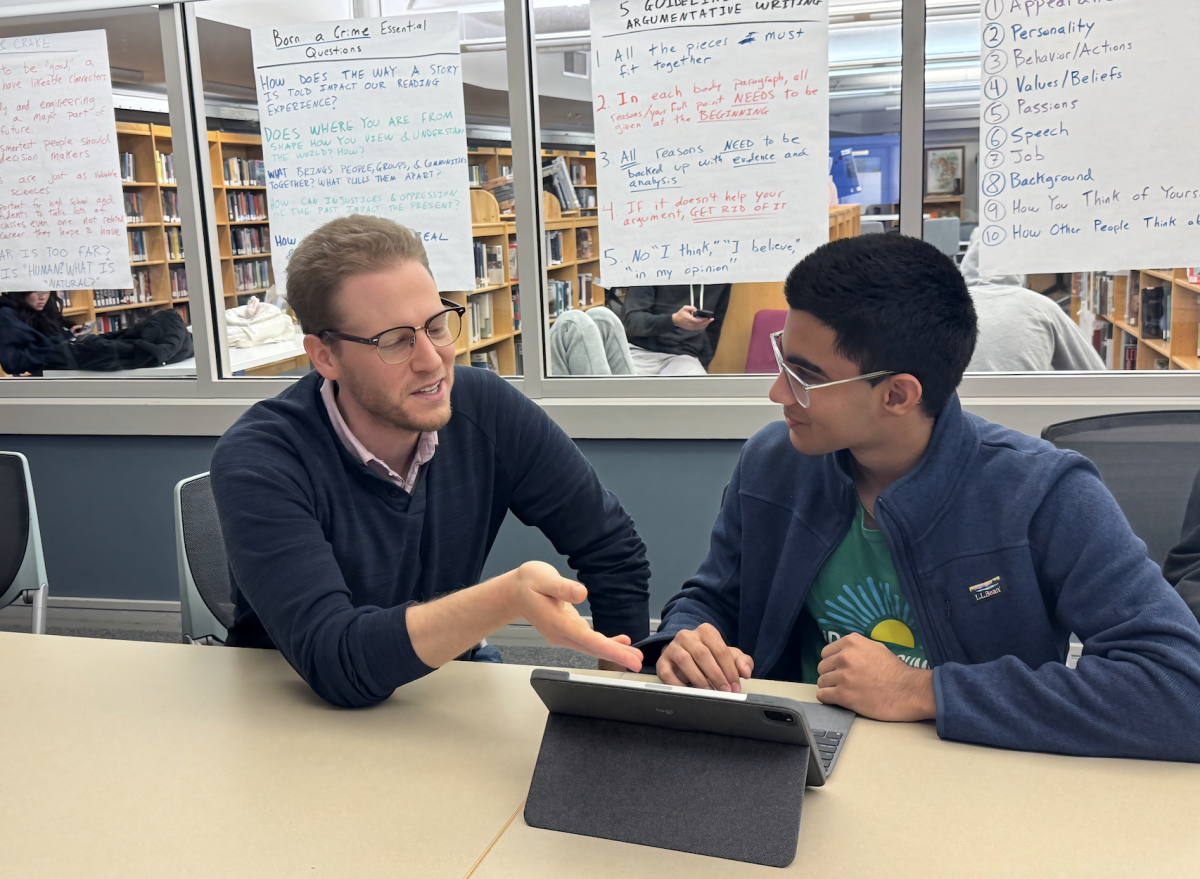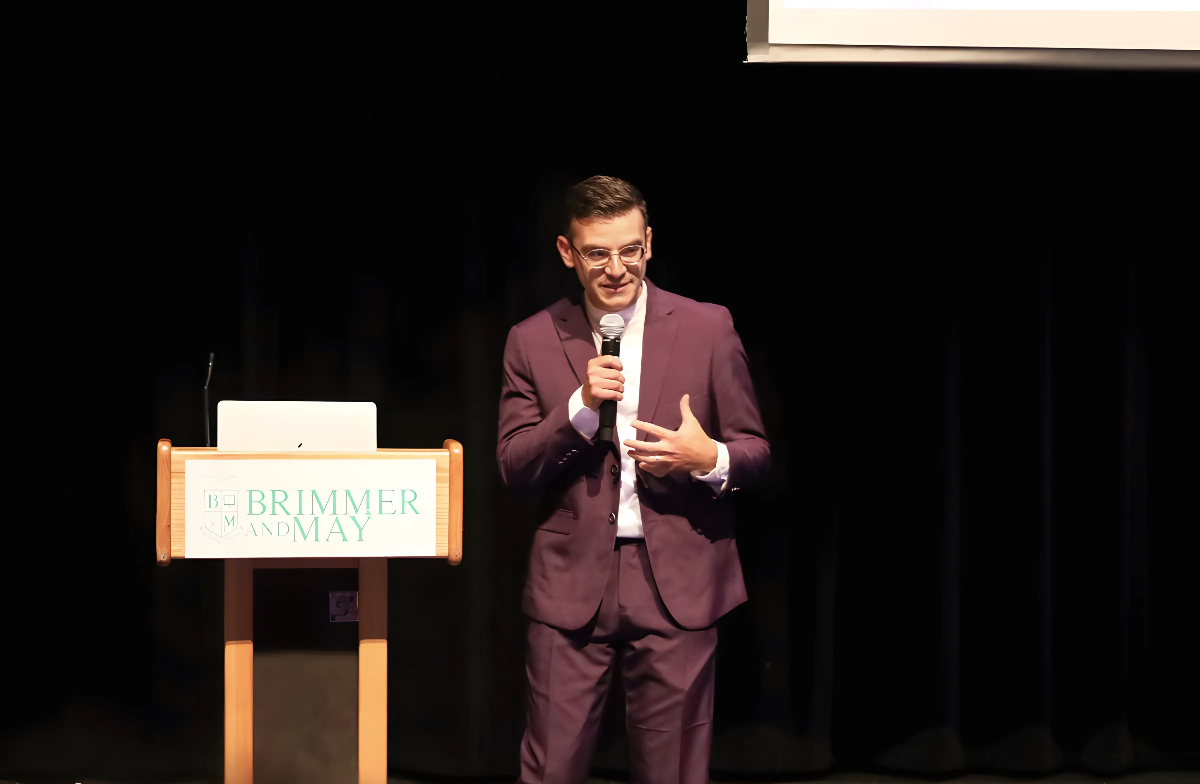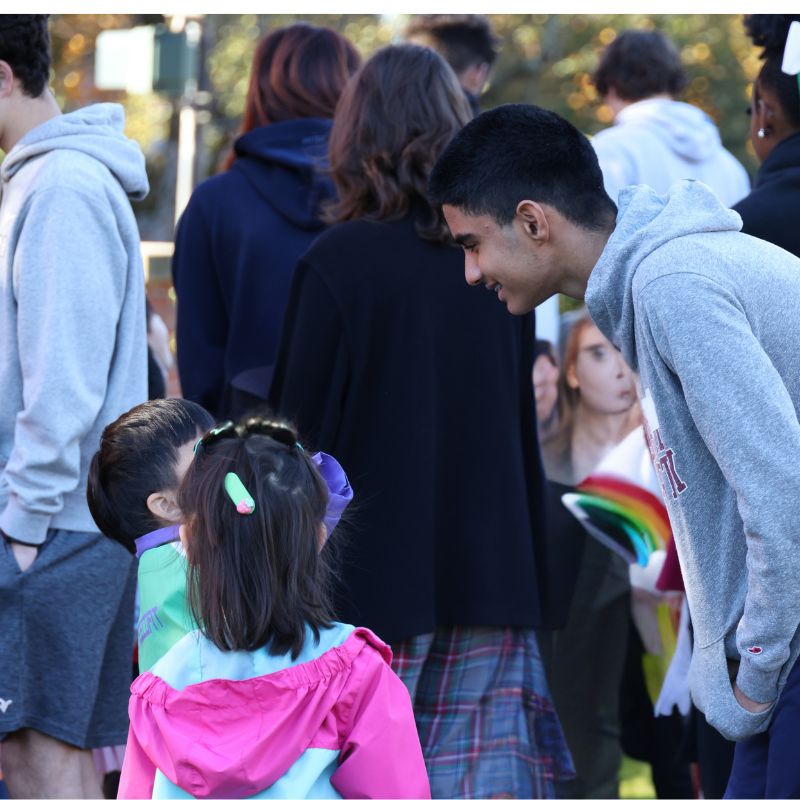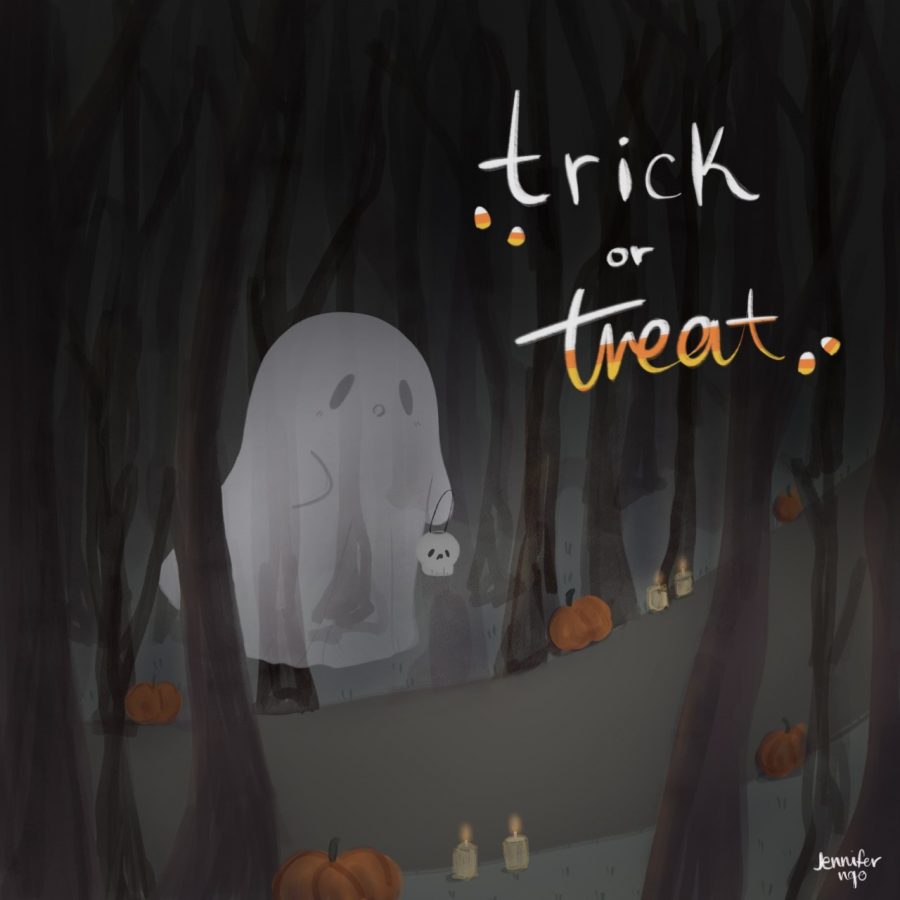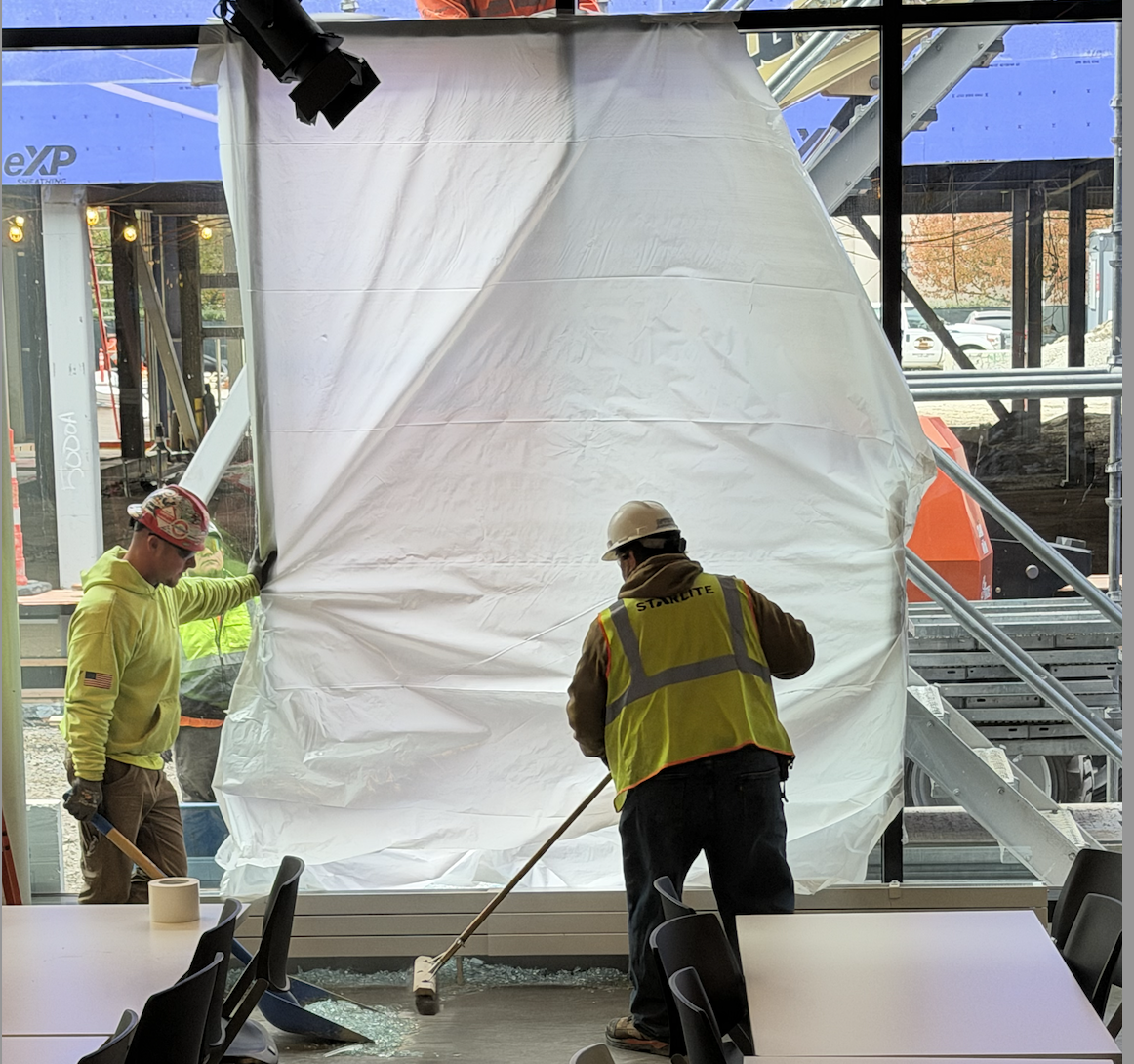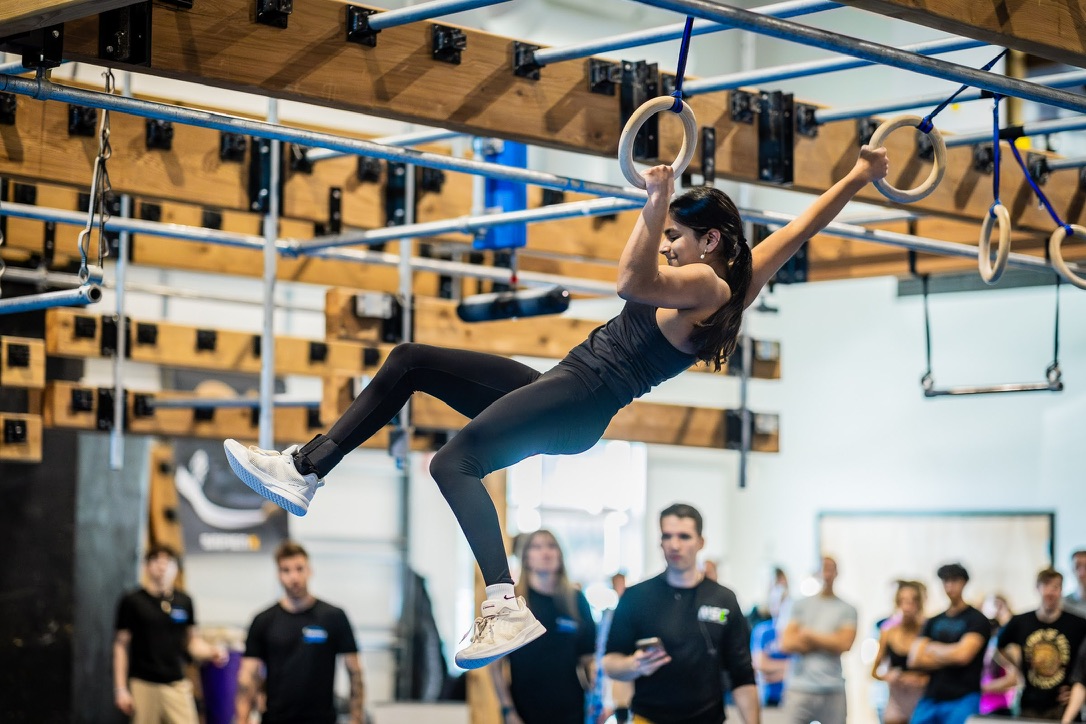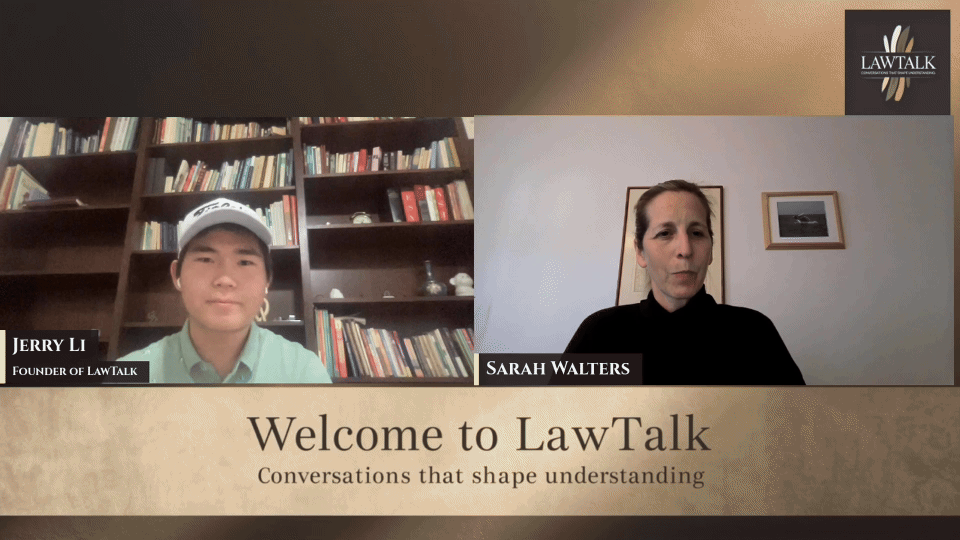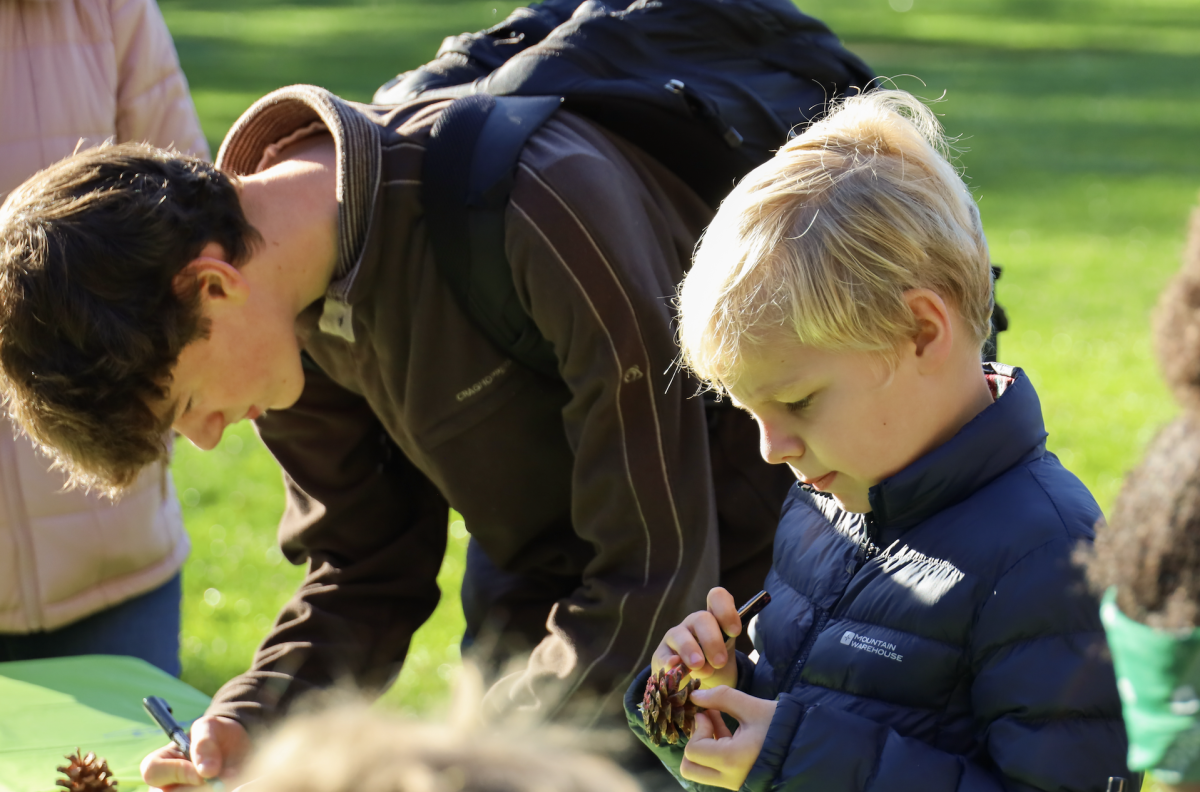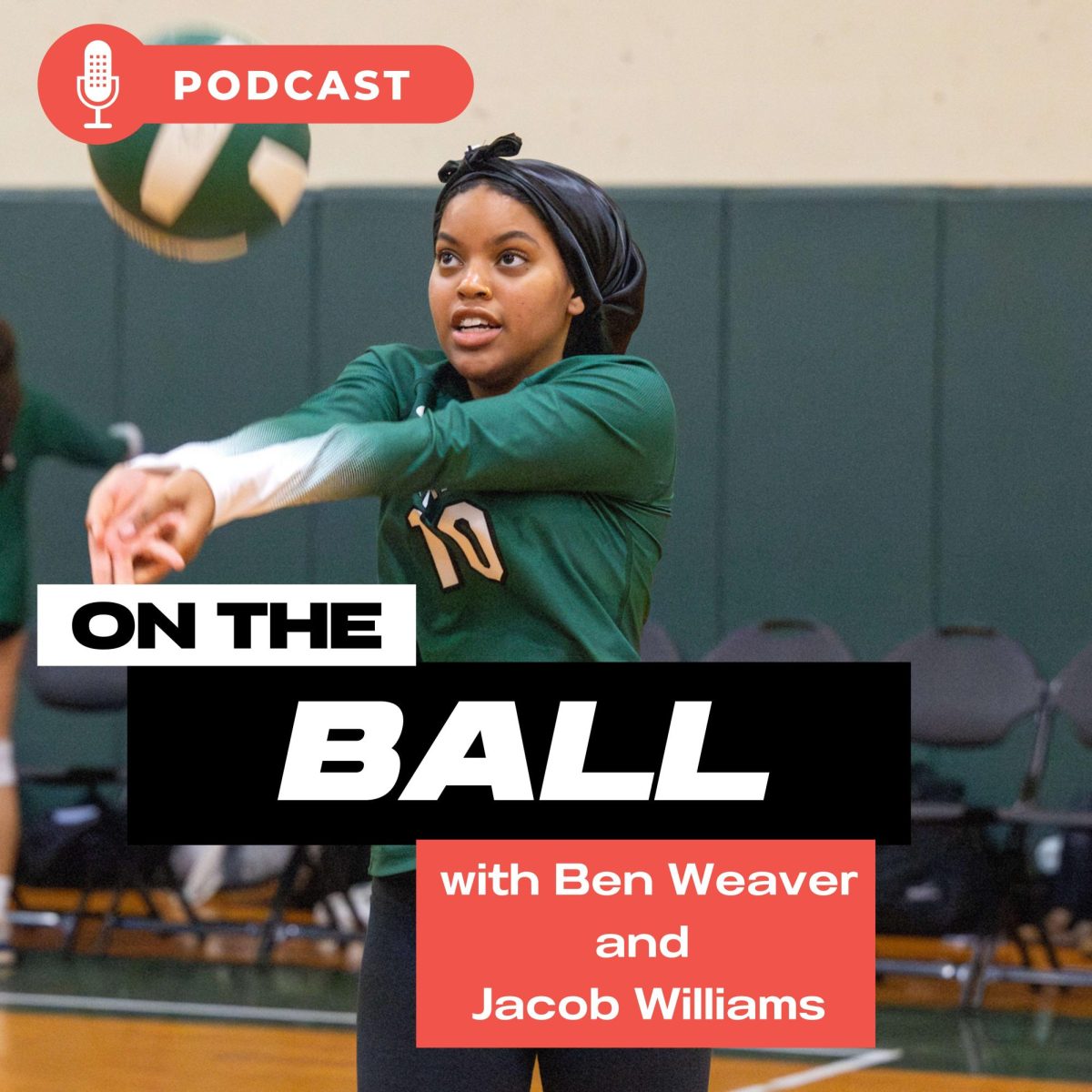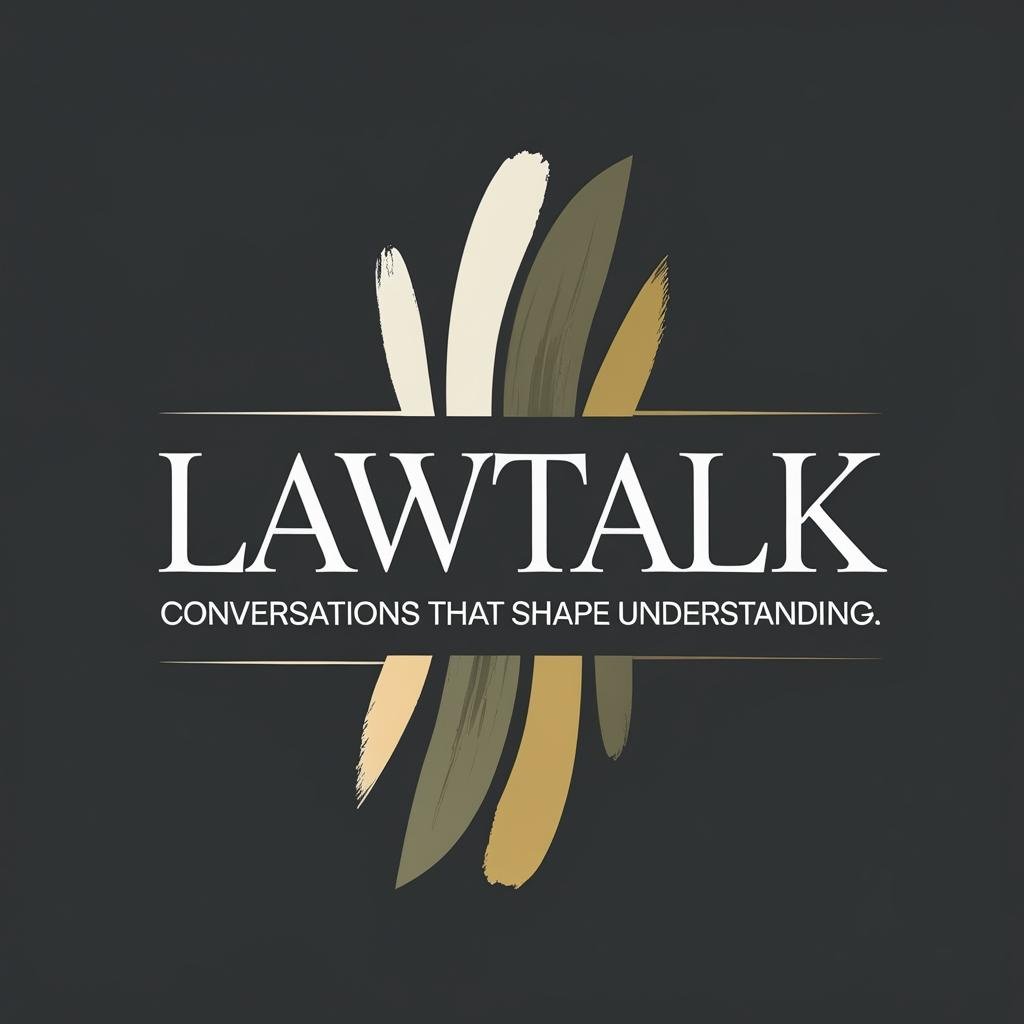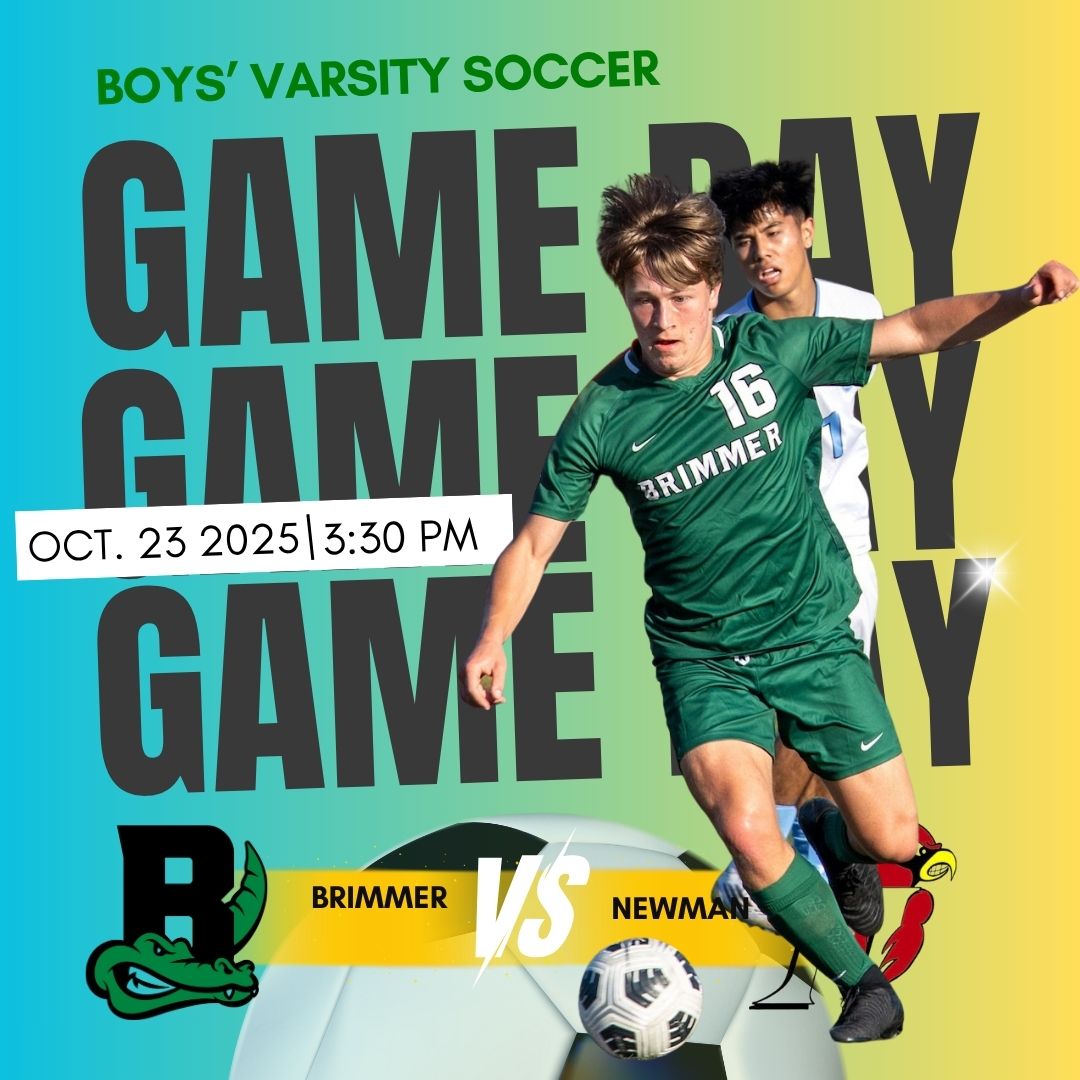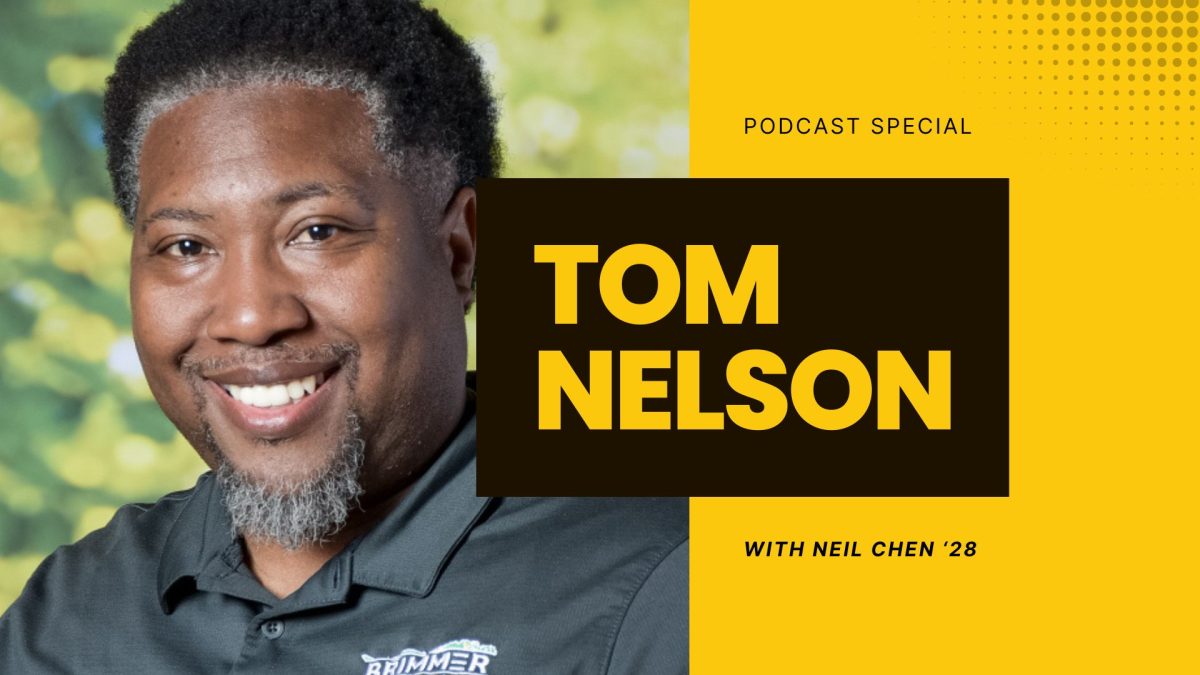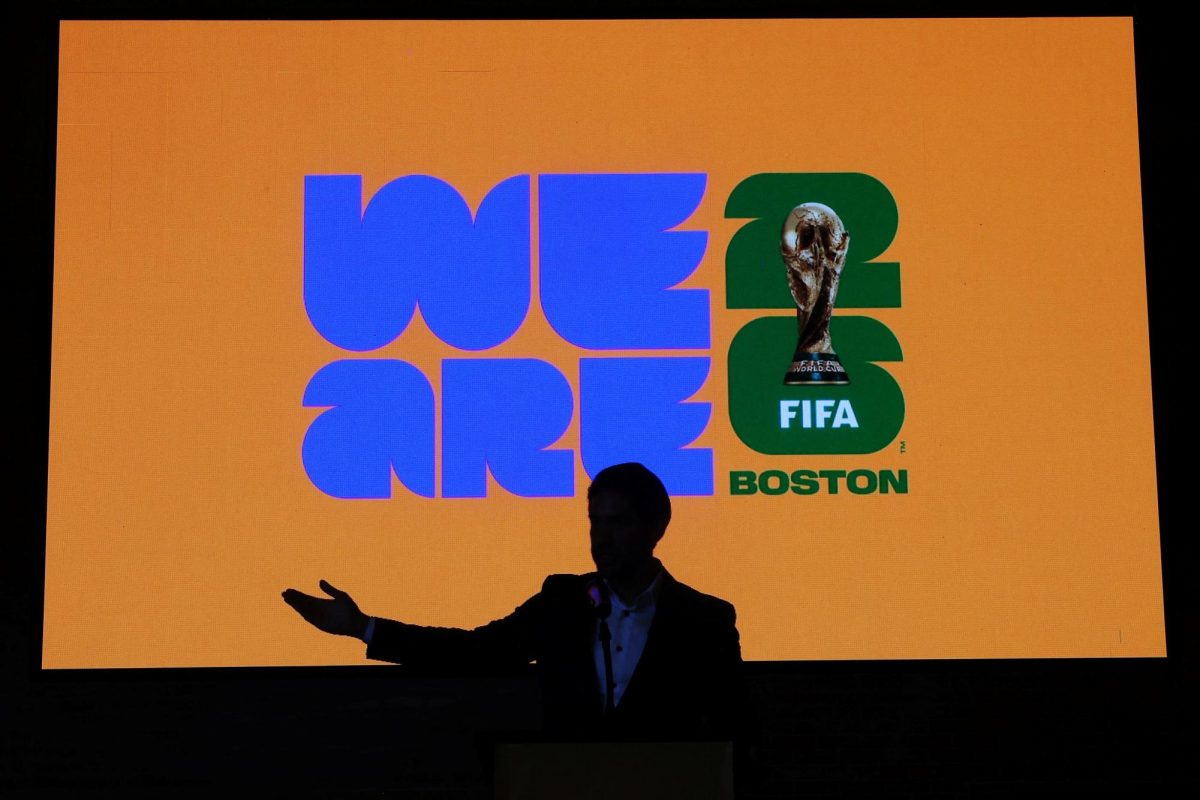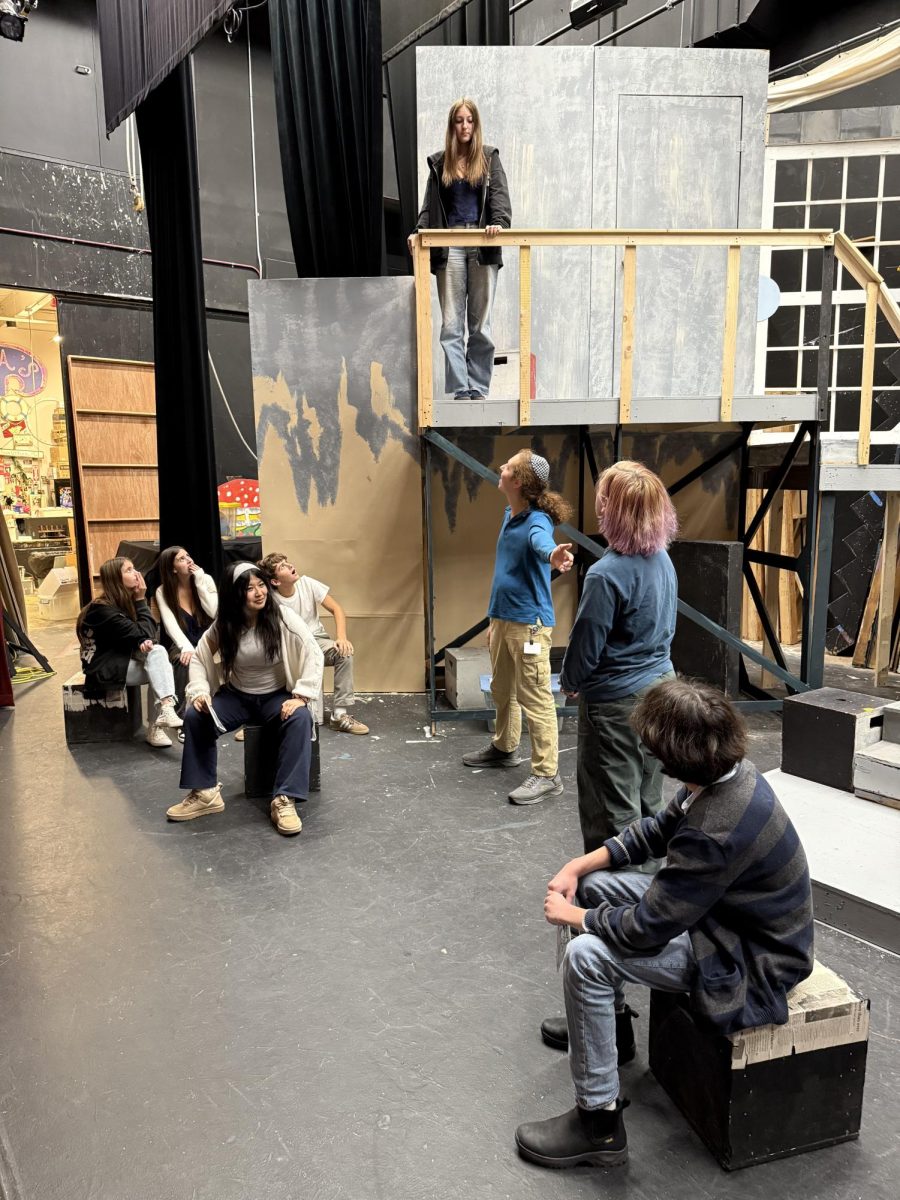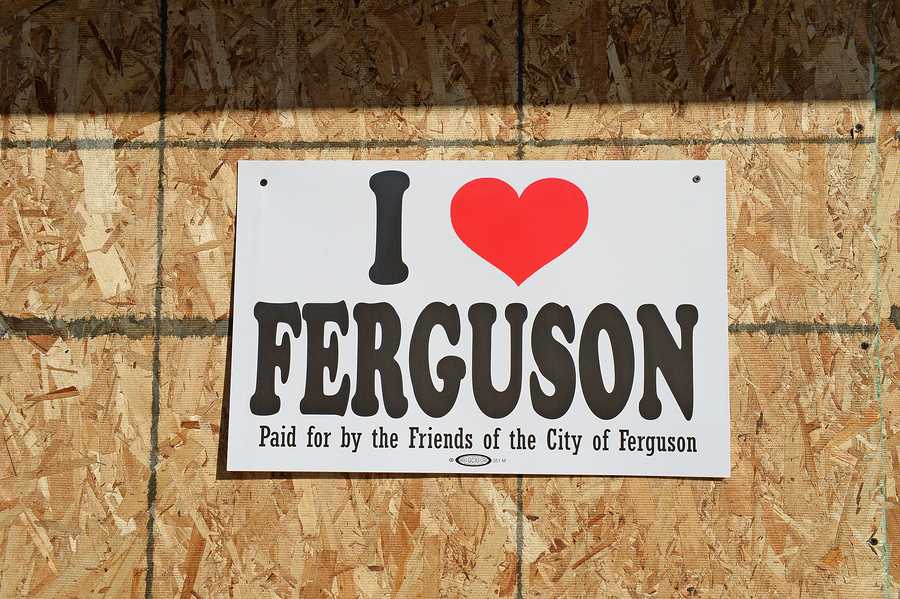Recently, I had the pleasure of attending the 2014 National Association of Independent School (NAIS) People of Color Conference (PoCC), which celebrated its 27th year this year in Indianapolis, Indiana. In attendance with me were Emily Luckett (school counselor), Gina Change (Mandarin teacher) and juniors Simon Acevedo and Jacob Quiles. To say this event was great is an enormous understatement. Over 2,000 independent school educators and 1,600 independent school students attended this year’s conference. Simon and Jacob will tell you (and you should ask them) that it was dynamic and life changing.
PoCC is an annual conference sponsored by NAIS that began in Reston, Virginia in 1986 in an attempt to facilitate diversity efforts in independent schools. Attendees of the conference include educators and students of all racial and ethnic backgrounds, regardless of whether or not they identify as “people of color.” Though only three days, the hours are long and intensive. Days are filled with keynote speakers, workshops, affinity group work, and networking and social opportunities. As a first time attendee this year, I can confidently say that PoCC was one of the most exhausting and meaningful professional experiences that I have ever had.
My feeling of being stuck about how to “Teach Ferguson” to the Brimmer and May community was shared by hundreds of other directors of diversity at PoCC.
Although the program for the conference had been set for months, recent racially-charged events in the news created impromptu discussions and additional programming. I arrived at PoCC desperate for advice from other diversity directors and hoping that I would come back to Brimmer and May with a fully-formed action plan. However, that is not exactly how things turned out. What I faced instead was a giant room filled with veteran educators and diversity experts who were just as desperate as I was for guidance from their colleagues.
The shootings in Ferguson and New York have created a new movement that some are equating to civil rights efforts a generation ago. That means that it is news that demands more attention than your typical current events assignment in social studies class. Our job is to educate students in a way that helps them make sense of the world. As Director of Diversity, I want, more than anything, to bring clarity to all issues of diversity so that our students can navigate the world without having to stop and ask for directions at every turn. But these news stories, and the issues and discourse surrounding them, are anything but clear.
My feeling of being stuck about how to “Teach Ferguson” to the Brimmer and May community was shared by hundreds of other directors of diversity at PoCC. It turns out that so many of us are struggling to wrap our heads around what’s going on in this country that it’s become difficult for us to figure out how to explain it to our students and even to our colleagues. And although there was validation for me in that shared “stuckness,” I still left the conference feeling that need to do something.
I decided to begin by sharing some of these same thoughts with the faculty and staff, which I did in a lengthy email after I returned from the conference. Addressing issues of race, class, and diversity with students is delicate and cannot be accomplished by one person. I have encouraged all faculty and staff to share with one another and with me their thoughts, feelings, and ideas about how to talk with students about Ferguson and related events. I have also taken this conversation directly to the students through the 9th grade Adolescent Issues class and the Upper School Culture Club. I have allowed them to share their thoughts, ask questions, or choose to stay quiet and just listen. That is where the work begins.
Each school community is different. The needs of each school are unique to that environment. As we move through this difficult and electrified time in our nation’s history, it is critical that we keep our hands on the pulses of our students and that we react and respond with sensitivity, openness, and honesty. We cannot change what has happened, but with thoughtful approaches, we can certainly equip the Brimmer and May community with the tools needed to face these events with clearer minds.
– Video produced by Anders O’Neill ’16

